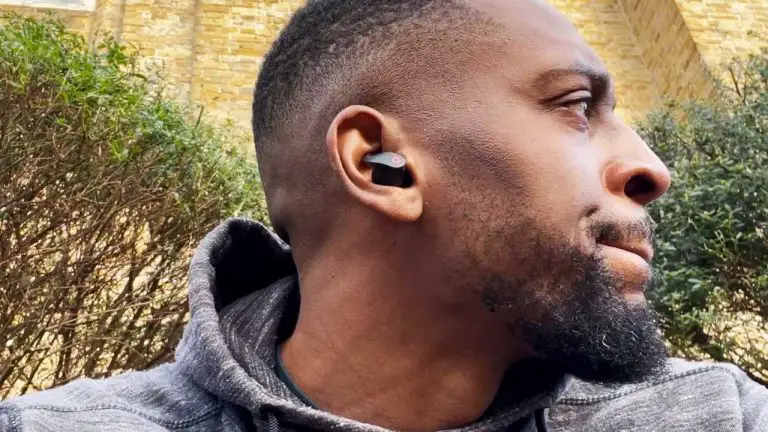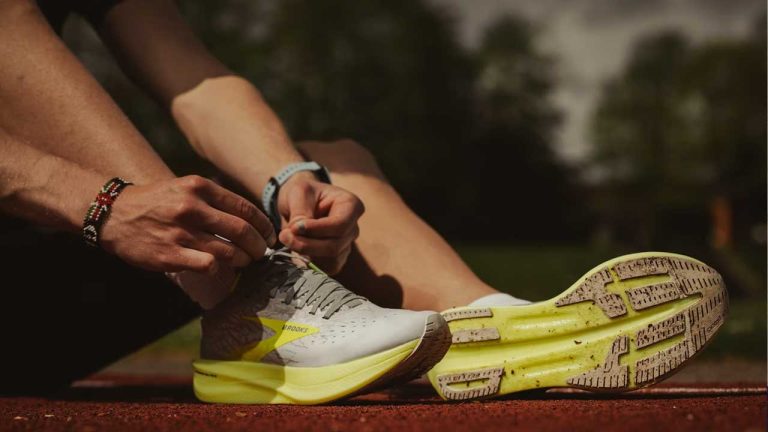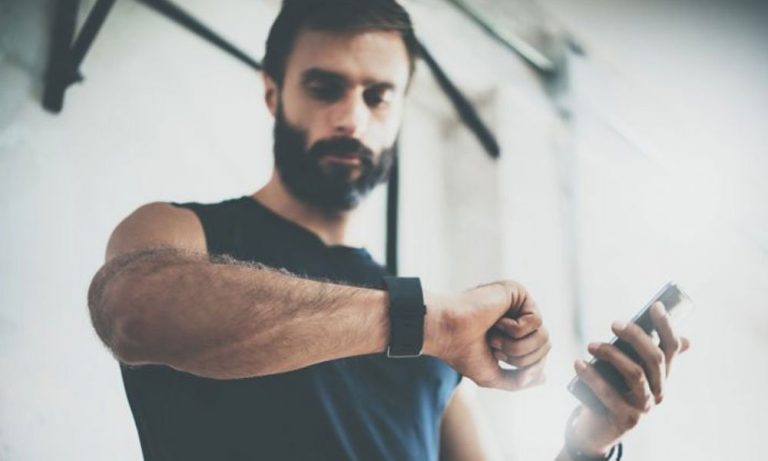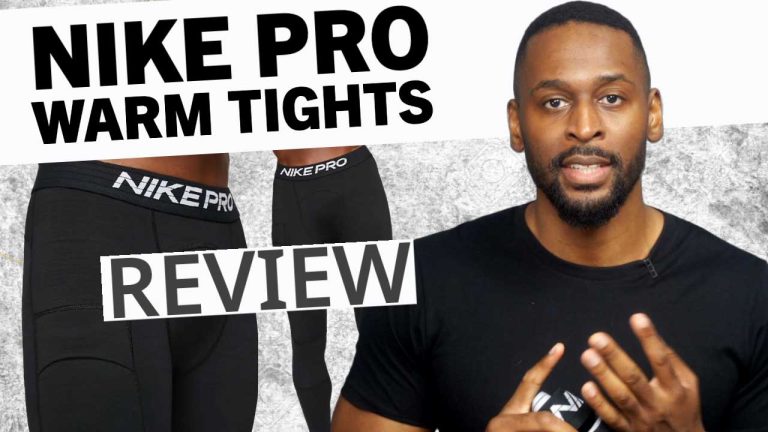Does Compression Wear Help With Joint Pain?
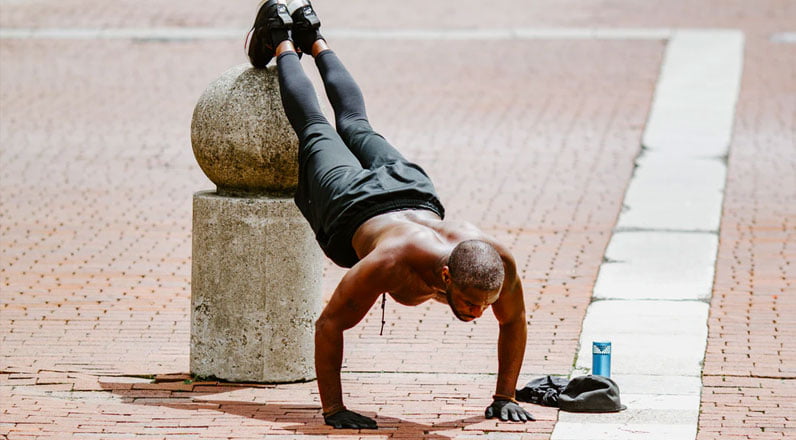
ListedFit is reader-supported. When you buy through links on our site, we may earn a small commission.
It’s no big secret that physical activity can give you a great sense of accomplishment.
It makes you feel stronger and more confident in how far you can push yourself, it helps you reach or maintain your ideal weight, and the endorphin rush that comes from an intense workout can’t be beaten.
However, there’s an occasional downside to exercise — what might be called its evil twin — and that’s the muscle and joint pain.
We all know the feeling of waking up the day after a long run, leg day squat exercise session, or a competitive game of flag football to sore legs, an aching back, and what feels like creaky knees.
Popping a few ibuprofen can provide some temporary relief, but what if you’d rather not medicate yourself?
The solution to those workout cramps and post-exercise aches is often as simple as compression.
Table of Contents
- Firstly, What is Compression?
- How Does Compression Work?
- Can Compression Wear Reduce Knee Joint Pain?
- Do Compression Sleeves Help With Elbow Pain?
- Do Compression Sleeves Help With Tendonitis?
- When Is It Best To Wear Compression Sleeves?
- The Conclusion on Compression
Firstly, What is Compression?
Compression, or a minor constriction on the body, is commonly used in therapy for individuals suffering from swollen legs or who are at risk for dangerous blood clots, but it has also been shown to offer significant healing and pain-reducing benefits for athletes of all abilities, whether it’s the casual runner going for a jog, the college pals shooting hoops at the park, the serious weightlifter doing bench presses at the gym, or anyone in any other active pursuit.
There are many ways to use compression during and after exercise. Compression sleeves, which are often available at your local drug store, can be fitted over knees and elbows for a gentle and consistent squeeze, and even old fashioned ACE or wrap bandages can provide compression to targeted muscles or joints.
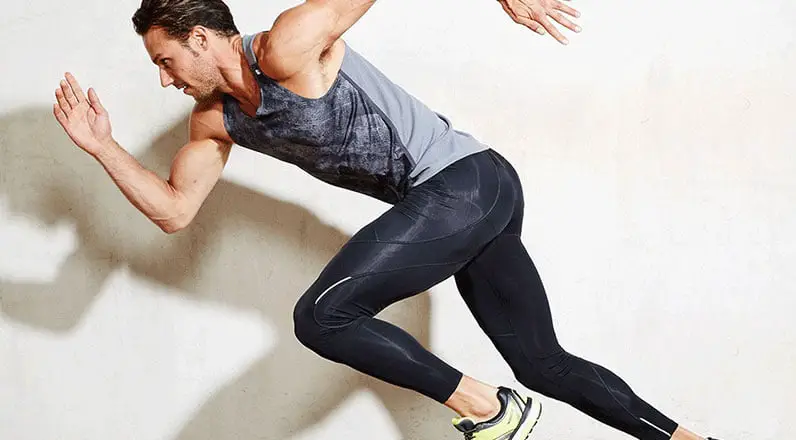
More recently, compression wear like socks, shorts, tights, and even shirts have become increasingly popular among professional athletes and weekend warriors alike.
They’re typically made from polyester and nylon and are stretchy, breathable, and sweat-wicking (as opposed to sweat absorbing) so that they don’t feel too heavy or too hot during exercise.
Plus, compression sleeves and garments don’t inhibit motion at all, so you can still get your full workout in without compromise.
It may sound a bit odd at first – why would you want to squeeze any part of yourself during or after exercising? – but in fact, compression clothes and sleeves are not only comfortable but extremely helpful for keeping a high level of performance and minimizing injury.
The pressure exerted by compression is gentle and positive, and many find that it feels good.
It’s tight but not too tight, much like a second skin, making compression garments and sleeves comfortable to wear and even hide under your regular clothing after a workout.
How Does Compression Work?
By using gentle constriction, compression improves your body’s blood flow and lymph flow.
This may not seem like a big deal, but more blood flow means more oxygen and nutrients to sore muscles, as well as faster removal of lactic acid, which builds up during workouts and leads to the muscle aches you feel.
Increasing the flow of those two important bodily fluids improves recovery time, prevents ongoing soreness, reduces inflammation, and helps muscles rebuild faster after weight training.
Studies in publications like The Journal of Sports Science & Medicine strongly suggest that compression helps with post-workout recovery.
However, it should be noted that the benefits of compression during exercise have not been clearly established by the scientific community; those same studies don’t arrive at clear conclusions about compression offering physiological benefits while working out.
Still, an abundance of anecdotal evidence points to numerous benefits of compression wear, both during and after a workout, and skeptics will be pleased to learn that no negative impacts of compression wear have been found.
Can Compression Wear Reduce Knee Joint Pain?
 compression wear help With Joint Pain – Can Compression Wear Reduce Knee Joint Pain” class=”wp-image-24858″ width=”768″ height=”768″ title=”Does Compression Wear Help With Joint Pain – Can Compression Wear Reduce Knee Joint Pain”/>
compression wear help With Joint Pain – Can Compression Wear Reduce Knee Joint Pain” class=”wp-image-24858″ width=”768″ height=”768″ title=”Does Compression Wear Help With Joint Pain – Can Compression Wear Reduce Knee Joint Pain”/>Knee discomfort is common among runners, hikers, and ballers, and compression sleeves can work in a few ways to help reduce knee pain.
First, compression provides extra support to joints, both during and after a workout.
The knee is often one of the weaker points on the body, so a little more support is certainly welcome!
More than that, though, a knee compression sleeve allows you all your necessary range of motion while limiting your ability to move in potentially harmful ways.
Do Compression Sleeves Help With Elbow Pain?
If you’re an avid tennis player, a golf enthusiast, or if you’ve been increasing the intensity of your upper body workouts, you may notice more soreness around your elbow.
While only a doctor can accurately diagnose the source of your pain, the cause is usually from the tendons in the area being overworked and sore.
As with any joint or muscle pain, compression can help alleviate elbow pain by increasing circulation, limiting motions that could aggravate the area further, and adding extra support to the elbow.
Do Compression Sleeves Help With Tendonitis?
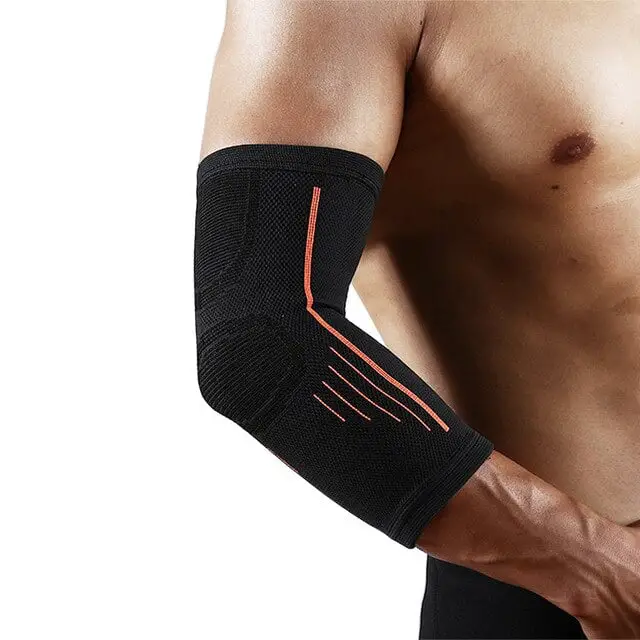
In the treatment of tendonitis or inflammation of the tendons, medical professionals use what’s commonly referred to as the RICE method, or rest, ice, compression, and elevation.
So, compression is a key component of alleviating the pain caused by tendonitis.
A little gentle pressure on an area afflicted with tendonitis is good; again, it leads to more blood and lymph flow in the area, which promotes healing by increasing oxygen and removing lactic acid quicker.
What’s more, a compression sleeve on a muscle afflicted with tendonitis is also a good visual cue, as it reminds you to slow your roll a bit!
It also lets others know that you’re currently not able to perform at your highest level.
When Is It Best To Wear Compression Sleeves?
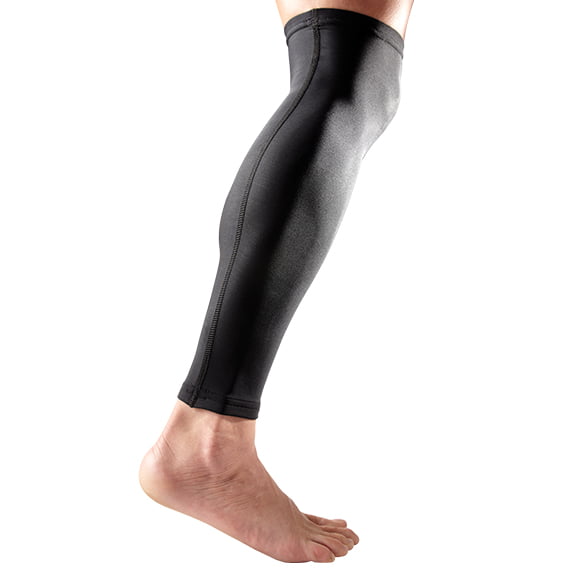
As mentioned, numerous studies point to the benefits of compression during the post-workout recovery period.
If your joints or muscles are sore after you exercise, a compression sleeve can help alleviate some of the pain and shorten your recovery time without the use of meds.
However, when worn during exercise, compression wear and sleeves can actually improve performance.
That’s because compression minimizes excess movement and vibration of muscles (think minor jiggle of your legs when you run, for example), which also minimizes the amount of soreness-causing lactic acid that your body makes.
More than that, compression can provide support to muscles and joints during and after a workout.
Exercise can put a lot of strain on muscles and joints, especially if you’re really pushing yourself; a little extra support to sore or weaker parts of the body is certainly welcome!
Finally, there may be some positive psychological benefits to wearing compression gear.
It just feels good when you’re exercising in compression wear — again, lots of athletes like that feeling of constriction — and when you know you have this added support, you may be less timid in your workouts and try do even more: run longer distances, lift heavier weights, and so on.
All of this may help you have a better overall impression of how you’re meeting your athletic goals.
Plus, compression wear looks good, especially if you’ve been putting a lot of time and energy into improving your physique.
The fitted material can accentuate the curves and muscles that you’ve been working so hard to improve, increasing your own personal body image.
When you look good, you feel good, as the old saying goes, and compression wear can make you feel your best.
The Conclusion on Compression
It usually takes just one or two experiences with compression before you realize how helpful it is.
During a workout, you notice that a good sleeve or compression wear helps your body move in all the ways it’s supposed to, without moving in potentially harmful ways.
You move more efficiently thanks to increased muscle and joint support, you feel better about your athletic performance, and you won’t feel as sore later in the day.
After a workout, compression is an important part of the recovery process.
While you’ll also want to make sure you’re refueling your body properly and getting the rest you need, compression is a medication-free way to help reduce aches and pains and reduce your recovery time, getting you back out there doing what you love and working on your fitness goals in a shorter amount of time.
Professional and casual athletes agree, and scientific studies offer positive support for the use of compression.
Whether you just need a compression sleeve for a weak joint or want to go all-in on stylish compression wear, the mild pressure that compression provides can go a long way toward keeping you fit and healthy.
Does compression wear help with joint pain? We think it does.
Author
Latest entries
 FitnessAugust 19, 2023Yohimbe vs Yohimbine: A Quick Comparison Guide
FitnessAugust 19, 2023Yohimbe vs Yohimbine: A Quick Comparison Guide AshwagandhaJune 16, 2023Is Ashwagandha Good for Working Out? Key Benefits Explored
AshwagandhaJune 16, 2023Is Ashwagandha Good for Working Out? Key Benefits Explored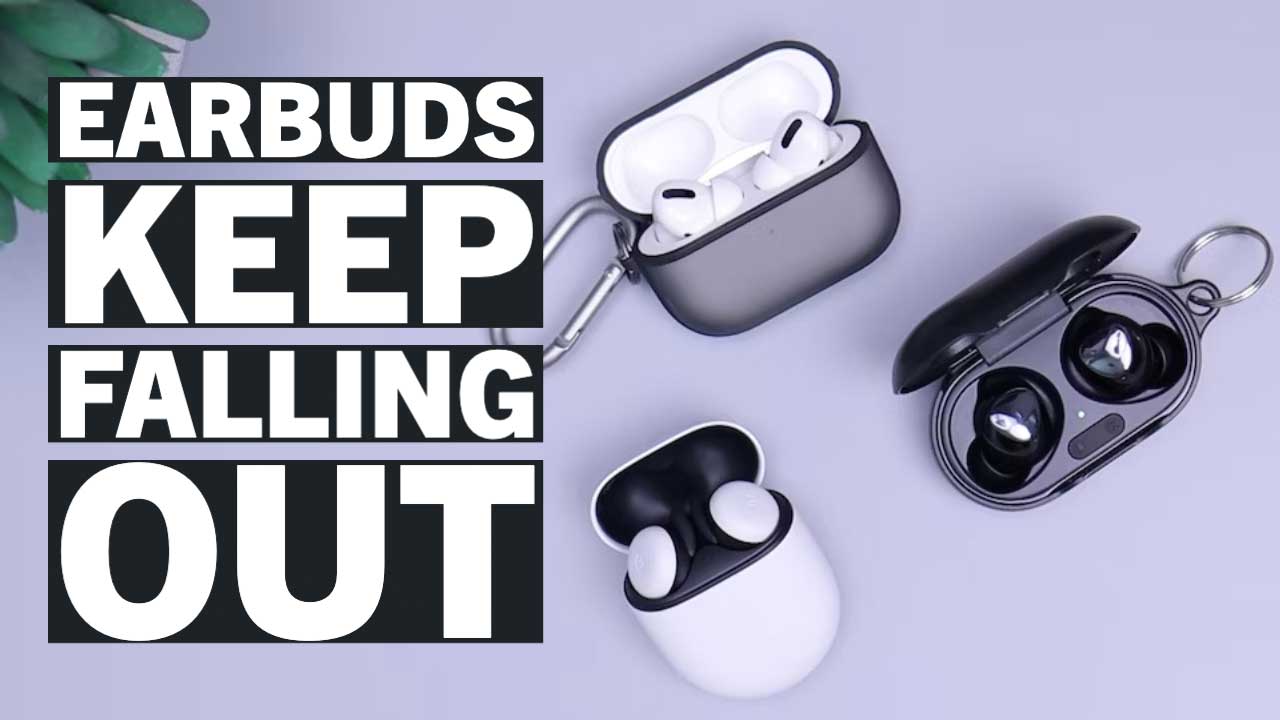 Sports HeadphonesMay 25, 2023Why Your EarBuds Keep Falling Out – Quick and Easy Solutions
Sports HeadphonesMay 25, 2023Why Your EarBuds Keep Falling Out – Quick and Easy Solutions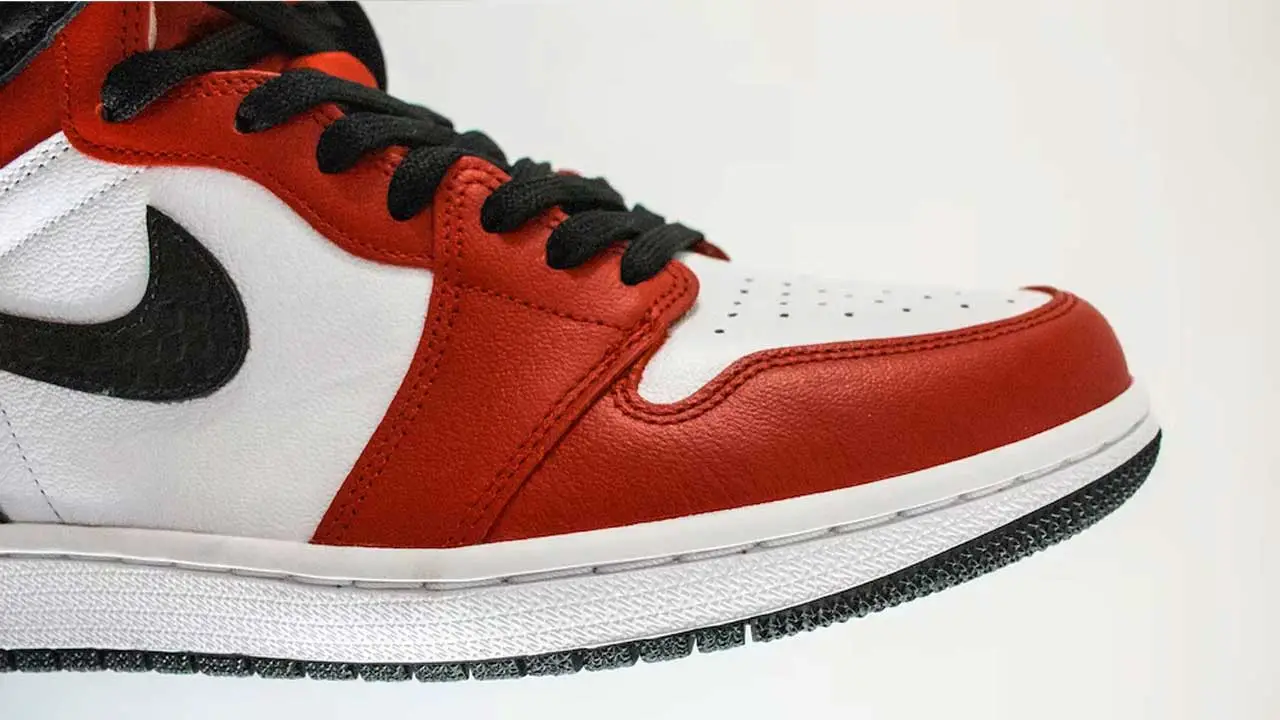 Nike ShoesMay 12, 2023Do Nikes Run Big or Small? Decoding the Perfect Fit
Nike ShoesMay 12, 2023Do Nikes Run Big or Small? Decoding the Perfect Fit
Affiliates:
This post may contain affiliate links that at no additional cost to you, the site may earn a small commission. We only recommend products we would use ourselves and all opinions expressed on this site are our own.
General Advice:
The information provided in this article is for general informational purposes only. It is not intended as a substitute for professional advice. Always consult with a qualified healthcare professional before starting any new diet, exercise program, or making changes to your health routine.
Accuracy Advice:
While we strive to provide up-to-date and accurate information, the content in this article may not reflect the most current research or medical guidelines. We encourage readers to do further research and consult with professionals for more personalized advice.
Our Recommendations:
The products and services mentioned in any of our articles are recommended based on our independent research and personal experience. We are not sponsored by any company. We aim to suggest products and services we believe are of high quality and could be beneficial to our readers.

